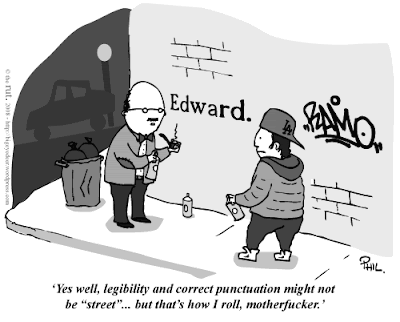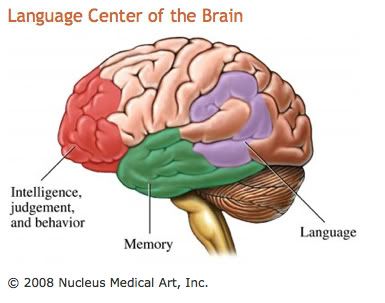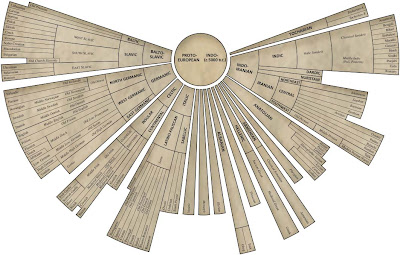KUER's RadioWest
8/13/08: The Prodigal Tongue
Doug Fabrizio
 |
| |
After our discussion about language and identity I remembered a program I heard on KUER earlier this month about the evolution of the English language. It now seems silly that I hadn't thought of the fierce debate between prescriptive and descriptive linguists in context of identity before. Perhaps I hadn't given enough weight to the influence of identity on even a language scholar in his or her approach to language until I realized that scholars are not the only ones speaking out about linguistic change. This program brought to light the fact that this debate about English is going on outside of academia as much as it is inside. Linguists who hold a prescriptive view of the English language assert that English is slipping away from us - that younger generations are changing the language so much that it is falling apart. If we do not adhere to the traditional prescribed rules of English it is doomed. On the other side of the debate are the descriptivists who propose that English is a dynamic and flexible language that will change and evolve naturally - and that this should not be threatening. But this is not a debate that oridnary American people are distanced from. Language is a part of everyday life and thus very close to each of us. It seems everyone I talk to has some kind of position on the matter. But what exactly is it that determines which side of the debate we're on? And why is this debate so intense and often personal?
Thinking more about how language speaks us, would it be safe to say that because the way we use language is tied so completely to our identity that our strong reactions to changes are our way of stabilizing ourselves and our position in society? If our language evolves, does our identity evolve with it? Deep down are we really arguing about new made-up words and meanings or are we concerned with how those words affect the way we think about ourselves and others? I think a large portion of the anxiety that is felt regarding changes in English has to do with the generational gap. Young people identify themselves as apart from their elders in many ways, and language is no exception. Because of the elasticity of language we are able to mold it into whatever we want it to be and however we want it to represent us. It is as useful as any art form in forging new ideas and new ways of thinking about the world.






